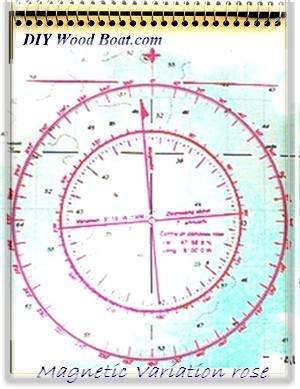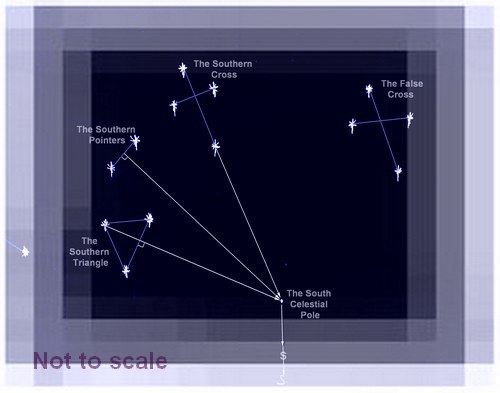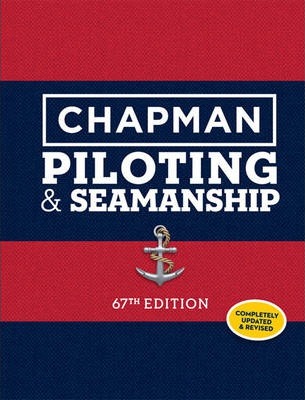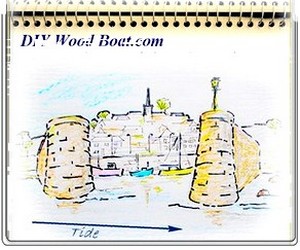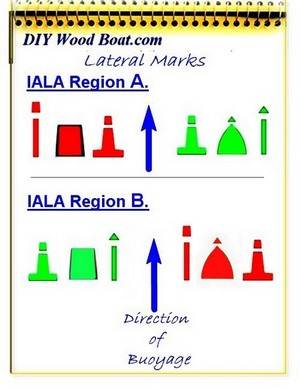- Home
- Your Boats
- AIS
Automatic Identification System AIS
Today, it is worth looking into the world of the Automatic Identification System AIS and discovering how it enhances your boating experience, keeping it fun, safe, and informed.
If you’re a leisure boater, understanding the seas around you is not just about navigating through the waters but also about ensuring safety.
The Automatic Identification System AIS is a tracking system used on boats, ships and by vessel traffic services (VTS) for identifying and locating vessels electronically.
Thanks to it, static and dynamic vessel information can be electronically exchanged between AIS-receiving stations.
All passengers' vessels, as well as, all commercial vessels over 299 Gross Tonnage (GT) that travel internationally carry a Class A AIS transponder (which transmits and receives AIS data) while smaller vessels can also be equipped with a Class B AIS transponder.
Class B AIS Transceivers are intended for recreational vessels, smaller workboats, and vessels not required to carry a Class A transceiver.
Class B transceivers, which are the only type that is permitted for vessels that are not required to fit AIS, transmit at a significantly lower power of only 2W.
This means the range is much more restricted.
However, for leisure boaters, AIS offers significant safety benefits.
What is AIS and Why Should You Care?
At its core, the Automatic Identification System (AIS) is a tracking system used on ships and by vessel traffic services (VTS) to identify and locate vessels by electronically exchanging data with other nearby ships and AIS base stations.
AIS integrates a standardised VHF transceiver with a positioning system and other electronic navigation sensors, such as a chartplotter, gyroscope or compass.
For leisure boaters like you, the AIS offers a layer of safety that is invaluable.
Knowing who's around you, their direction, and speed, can help you avoid collisions and navigate crowded areas more confidently.
It’s like having an extra set of eyes, especially in foggy conditions or during night sailing.
How Does Automatic Identification System AIS Work?
The system sends out information such as your vessel's identity, type, position, course, speed, navigational status, and other safety-related information to AIS-equipped vessels and shore-based stations within a VHF range.
This data is typically updated several times per minute, ensuring that the information is timely and accurate.
AIS uses two VHF radio channels: AIS 1 (161.975 MHz) and AIS 2 (162.025 MHz). It operates in a self-organising time division multiple access (SOTDMA) fashion, which means it can handle a large number of vessels broadcasting information at once.
Benefits of AIS for Pleasure Boaters
The most apparent benefit of AIS for you, as a leisure boater, is enhanced safety.
With AIS, you get to see a real-time map of traffic around you, which is incredibly useful in avoiding potential hazards.
Besides safety, AIS also aids in better communication.
If you see another AIS-equipped vessel on your system that you need to contact, you can easily identify them and reach out using the VHF radio, making your communications more straightforward and efficient.
In case of distress, your AIS signal can help rescue authorities locate you quickly.
Choosing the Right Automatic Identification System AIS for You

There are mainly two types of AIS: Class A and Class B.
Class A is generally used by large commercial ships and is required by international maritime regulations.
Class B, which is less expensive and has slightly lower transmitting power, is perfect for leisure boaters.
Most leisure boaters opt for Class B AIS as it provides all the safety features needed without the high cost associated with Class A systems.
It allows you to be seen by larger ships that carry Class A systems and is sufficient for most coastal and inland waterways.
Installation and Maintenance
Installing an AIS system can be straightforward, especially if you are comfortable with electronic devices.
Most AIS units come with a manual, and there are plenty of DIY guides available.
Alternatively, you can hire a professional to ensure it's set up correctly.
Maintenance-wise, AIS systems are relatively low hassle.
Regular checks to ensure the system is functional and that data is transmitting correctly are all that’s needed to keep your AIS in top shape.
Integration with Other Devices
To get the most out of your AIS, integrating it with other onboard electronics like your chartplotter or radar can enhance your navigational capabilities.
This integration allows you to see AIS data overlaid on your existing maps or radar screens, providing a comprehensive view of your surroundings.
Installing an AIS transceiver on your leisure boat enhances your situational awareness and increases safety for you and your crew while out on the water.
Considering the Costs
Now, let's talk about something just as important, the cost.
Initially, adding an AIS system to your boat is an investment.
You might worry about whether this investment is worth it.
The good news is, with the advancing technology, the prices of AIS equipment are becoming more affordable.
Plus, considering the safety benefits it offers, many boaters find this a worthwhile investment.
Legal Considerations
It’s good to note that while it's not mandatory for all leisure vessels to have an AIS system, certain areas or types of sailing might require one.
Always check local regulations to see if your boat needs to be equipped with AIS to comply with maritime laws.
Beyond Safety
AIS systems don't just boost your safety; they also help you feel part of the broader boating community.
Seeing other leisure boats in the vicinity, especially those you might know, can enhance your sense of belonging and enjoyment on the water.
The Future of AIS
Technology constantly evolves, and so does AIS.
Future iterations might integrate more seamlessly with wireless technologies, offer improved diagnostic features, or even better anti-collision algorithms.
What’s exciting is that as these technologies advance, they become more accessible to casual and leisure boaters.
Conclusion
In wrapping up, the Automatic Identification System (AIS) offers a significant advantage for leisure boaters seeking a safe and informed sailing experience.
The investment in AIS not only enhances safety but also enriches your overall boating lifestyle.
Whether you're navigating through bustling harbours or enjoying a tranquil sunset sail, having AIS onboard turns your journey into a safer and more enjoyable adventure.
If you’re considering upgrading your boat or are new to boating, integrating an AIS system is certainly something to think about.
It’s a powerful tool that lets you embrace the full joy and freedom of boating, with added peace of mind.
Happy boating!
Books




